Still too dangerous to release Osama's last pictures: US lawyers
US has 52 photographs or videos - the medium has not been revealed - from the May 2011 raid in which OBL was killed.

"They'll be used to inflame tensions. They'll be used to inspire retaliatory attacks," Justice Department lawyer Robert Loeb told the US Court. PHOTO: FILE
A federal appeals court heard arguments in a lawsuit over whether the government must release the images under the Freedom of Information Act, a 1966 law that guarantees public access to some government records.
President Barack Obama's administration points to an exception in the law that covers documents classified in the interest of national defense.
"They'll be used to inflame tensions. They'll be used to inspire retaliatory attacks," Justice Department lawyer Robert Loeb told the US Court of Appeals for the District of Columbia Circuit.
Riots or other forms of violence could threaten American soldiers as well as civilians in Afghanistan, Loeb said.
The government has 52 photographs or videos - the medium has not been revealed - from the May 2011 raid in which US special forces killed bin Laden after more than a decade of searching. The images show a dead bin Laden at his compound in Abbottabad, Pakistan, the transportation of his body to a US ship and his burial at sea, the government has said.
Some of the photographs were taken so the CIA could conduct facial recognition analysis to confirm the body's identity, according to court papers.
Two of the court's three judges, Merrick Garland and Judith Rogers, asked questions indicating they were inclined to defer to the judgment of officials in sworn court affidavits advising against release.
"They're telling us that could result in death - not just the release of secret information, but death," Garland said. "Is that not something we should defer to?"
Michael Bekesha, a lawyer for Judicial Watch, a government watchdog group suing for the images, said the government failed to show the danger of releasing the less-graphic burial images.
Judicial Watch also claims that CIA officials might not have followed procedures when they classified the images as secret.
A decision from the appeals court is likely in the next few months. A lower court judge sided with the government in April.
The case is Judicial Watch Inc v. Department of Defense, US Court of Appeals for the D.C. Circuit, No. 12-5137.

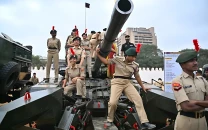

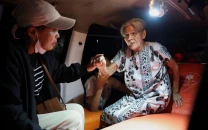
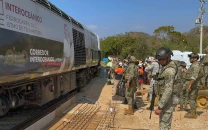
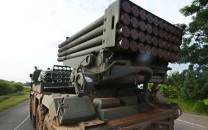
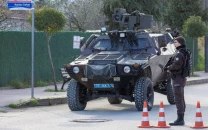












COMMENTS
Comments are moderated and generally will be posted if they are on-topic and not abusive.
For more information, please see our Comments FAQ